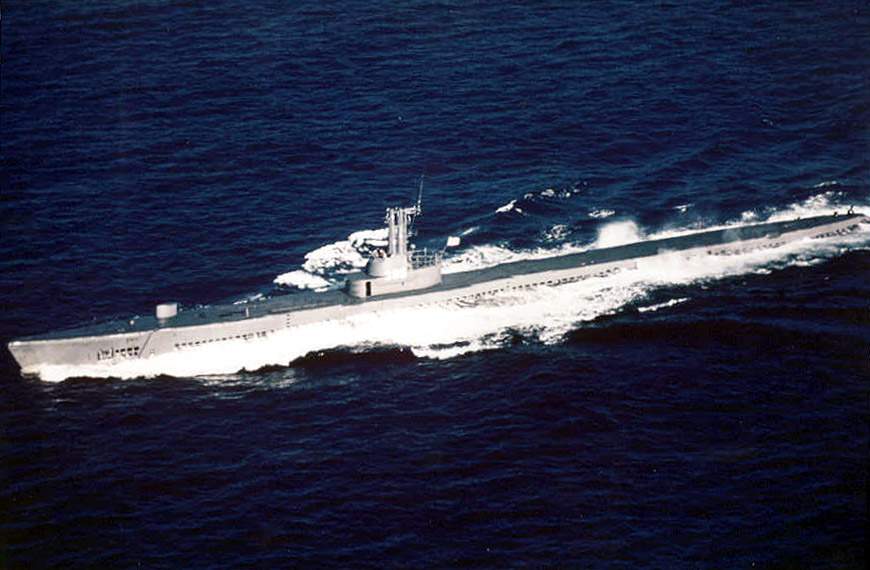Read Part 3 HERE
At that time, abject poverty was not limited to outlying coastal islands. The Korean War had wrecked the entire peninsula so badly that many thought Korea would never recover. Split at the 38th parallel, North Korea had inherited an industrial base, but South Korea was rural and agrarian, its agricultural production reoriented toward extraction by Japanese colonists for 50 years. During this time people still wore traditional garb, cattle carts could be found in central Seoul, and almost every road was unpaved. Local homes were heated with charcoal under the floor, and every year civilians would die from carbon monoxide poisoning.
“To drive from Seoul to Pusan you actually had to ford streams in some places, cross over single-lane pontoon bridges, and plan on taking three days to make the roughly 250-mile journey,” Gordon Cucullu said. Korea was considered to be a Third World backwater country by many, and some Special Forces soldiers actively resisted being assigned there.
However, for those that did make it to Special Forces Detachment K, they found a rewarding experience waiting for them. Redgate was soon taking the South Korean Special Forces out into the ocean to conduct infiltration training with American submarines. Det K and their Korean partners were picked up by a U.S.-made destroyer, which had been sold to South Korea, and were then transported into the South Pacific before being left alone in the middle of the ocean on their raft.
“Did anyone bring a deck of cards?” Sergeant Major Ed Denton asked sarcastically.
Just then, Redgate noticed a periscope rushing by their position. “Next thing we know, we are looking at the USS Redfish,” Redgate said. The crew deflated their boat and entered onto the submarine, where they learned how to lock out of torpedo tubes with dive gear.
On another occasion, Redgate was asked to provide some red-teaming for an I Corps winter exercise. Sabotaging the unit’s commo array brought the entire exercise to an administrative halt. Next, he undid the lug nuts on the lead vehicle of a convoy, which deadlined a deuce and a half and prevented the trucks behind it from moving as well. Finally, he snuck “assassins” into the chow hall and “killed” the commanding officer. After that, Redgate was thanked for his service and asked to leave the exercise, as he had proved to be a little too good at this job.
During the 1960s, Det K members worked out of a double Quonset hut on Camp Mercer near Kimpo that had a restricted access sign over the door. On one occasion, Sergeant Major Denton threatened to shoot a Chemical Corps officer who insisted on inspecting their quarters. Captain Dallas asked him to use a bit more diplomacy in the future. Inside were showers, a team room, a medical station, and a radio room that allowed them to stay in contact with 1st SFG at Okinawa. The Det K headquarters was difficult to keep heated in the winter and had no air conditioning in the summer. They did have their own Jeeps, though, allowing them to come and go as they pleased, conducting ski training in the winter or heading out to an old junk yard for demo training.
In these early years of the detachment, there were some hard men to be found at Camp Mercer. One early Detachment team sergeant was Master Sergeant Lewis Brown, who had conducted four combat jumps—two in the Pacific during World War II and two during the Korean War. Many men from this first generation of Green Berets had served in World War II or Korea, and many more were soon to serve in Vietnam.
One winter, the Det was teaching their South Korean Special Forces friends some advanced demolition techniques, showing them how to blow up a bridge or cut a transmission axle. “A bunch of the Korean sergeants got together, formed a team, got an engine, and were going to tear it apart. They put all their ribbon charges and dynamite on it and yelled ‘fire in the hole,’” Redgate said. “WHOOM! The engine flew up in the air about 500 feet.” It also shattered windows on the nearby military compound. “We caught hell over that,” Redgate laughed.
The bulk of Det K’s mission was made up of their liaison duties. At least a few times a week, each Det member would go and meet with their counterparts in Korean brigades. Just about every day, someone from the Det would also head over to KMAG to take care of personnel issues. Korean Special Forces was still in its infancy and the Det was helping them get up to speed on their various tasks and responsibilities. One of the more pivotal coordinating actions that Det K provided was laying on U.S. airpower for the Koreans to use for training, or in war if it came to that.
Already have an account? Sign In
Two ways to continue to read this article.
Subscribe
$1.99
every 4 weeks
- Unlimited access to all articles
- Support independent journalism
- Ad-free reading experience
Subscribe Now
Recurring Monthly. Cancel Anytime.
Tragically, one Korean soldier drowned in the Han River during a parachute jump. Everything seemed fine on the drop zone, but after the paratroopers exited the aircraft, a strong gust of wind blew them over the river. Of the 12 men in the stick, 11 made it out of the water, but one drowned in water that was only waist deep. “He probably tried to fight his way out of the parachute and got disoriented and panicked,” said Rick Lavoie, who was present during the accident. The Det attended the soldier’s funeral and paid respects to his wife and family.
Featured image: USS Redfish courtesy of Wikipedia











COMMENTS
You must become a subscriber or login to view or post comments on this article.